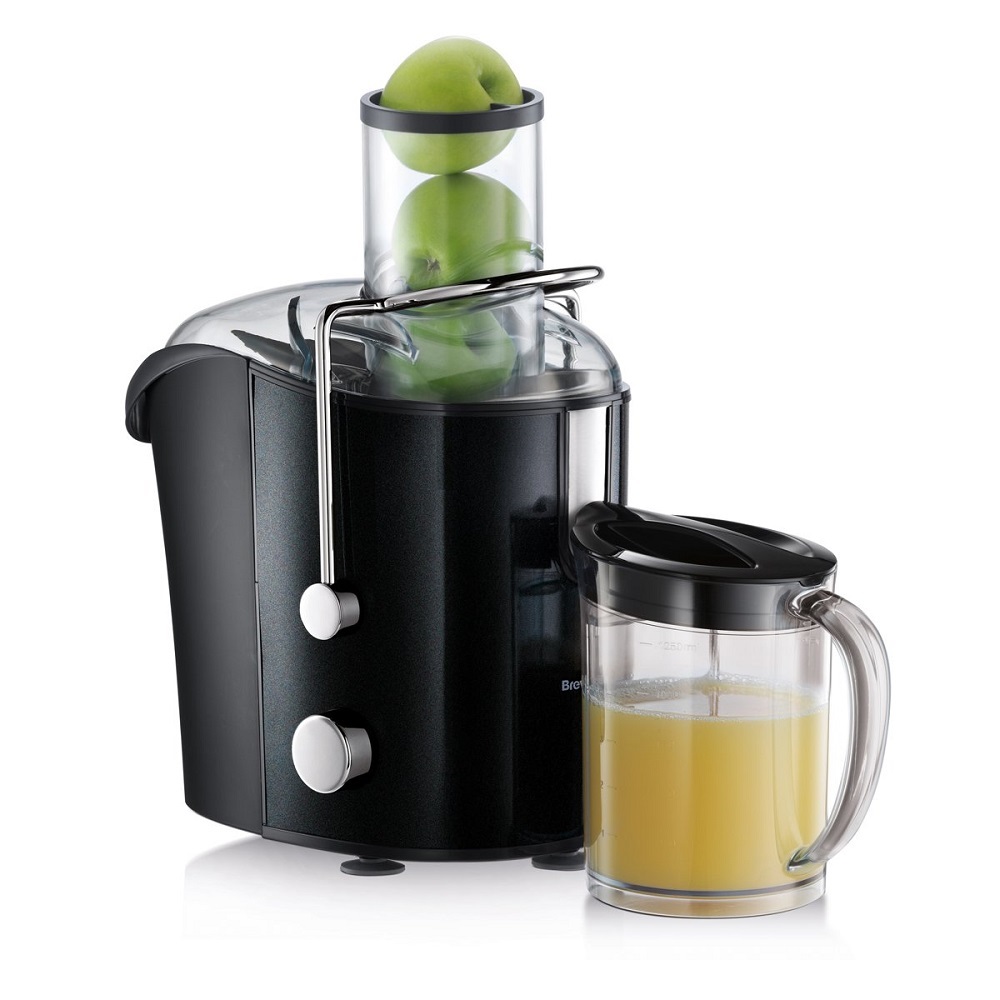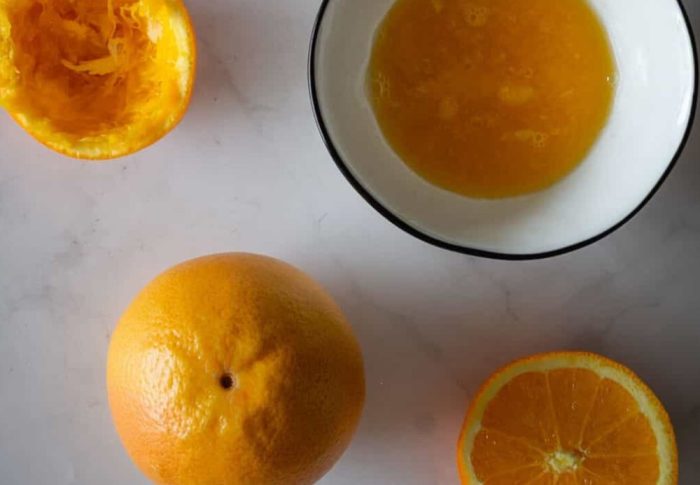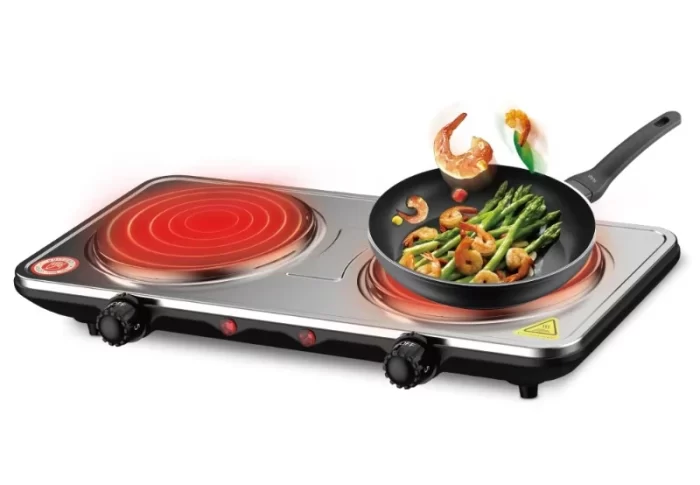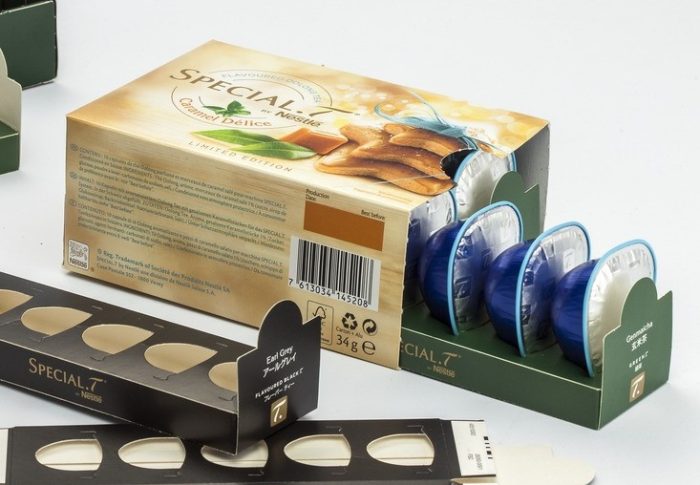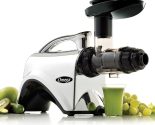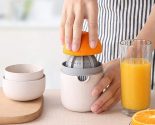
What Is the Difference Between a Juicer and a Blender?
When it comes to healthy living, both juicers and blenders are popular kitchen appliances. But what often puzzles people is understanding the difference between a juicer and a blender. Both serve the goal of incorporating more fruits and vegetables into your diet, yet they do so in fundamentally different ways. This article will delve deeply into how each appliance works, their unique benefits, and why you might choose one over the other. Join us as we uncover the intricacies of these two essential kitchen tools.
Functional Differences
First, understanding the functional differences between a juicer and a blender is essential.
- Juicers: These are designed to extract juice from fruits and vegetables, separating the liquid from the pulp. The primary goal is to yield smooth, nutrient-rich juice with minimal fiber. Juicers come in various types, such as centrifugal, masticating, and citrus juicers, each utilizing different methods for juice extraction.
- Blenders: Blenders, on the other hand, pulverize whole fruits and vegetables into thick, fibrous drinks. They retain all the fiber of the produce, which can benefit digestion and satiety. Blenders typically come with sharp blades that rotate at high speeds to crush and blend the ingredients into a homogeneous mixture.
Understanding these functional differences sets the stage for recognizing the unique advantages and limitations of each appliance.
Nutrient Retention
The method of processing fruits and vegetables significantly impacts nutrient retention. This is another critical point to consider when understanding the difference between a juicer and a blender.
- Juicers: Juicers can yield concentrated nutrients because they extract just the liquid from the produce. However, this process often leads to the loss of beneficial fiber. Some vitamins and enzymes might also get degraded due to the heat generated during the juicing process, especially in centrifugal juicers.
- Blenders: Blending retains all of the fiber, which is crucial for digestive health. Furthermore, the nutrients in the blended mixture remain intact because the process involves less oxidation and heat. This makes blenders ideal for those looking for a high-fiber diet without compromising on nutrient density.
Both appliances offer distinct nutritional benefits, and your choice might depend on your dietary needs.
Types of Produce
Different types of produce yield better results depending on whether you use a juicer or a blender.
- Juicers: Juicers excel at extracting liquid from watery fruits and vegetables like oranges, cucumbers, and celery. Masticating juicers are particularly effective at handling leafy greens and wheatgrass, owing to their slow, pressing mechanism.
- Blenders: Blenders can handle a wider variety of produce, including fibrous vegetables like carrots and beets, which might be harder to process in a juicer. They are also better suited for softer fruits like bananas and avocados that don’t juice well.
Matching the type of produce with the right appliance can optimize your results and make the process more efficient.
Ease of Use
Ease of use can significantly influence how often you use your juicer or blender.
- Juicers: These devices often have multiple parts that need to be assembled and cleaned. While some models are designed for easier cleaning, the complexity usually remains higher than that of blenders.
- Blenders: Blenders are generally simpler to use and clean. Most models have fewer parts, and many are dishwasher-safe. This makes them more convenient for daily use.
Considering ease of use can help you choose the appliance that aligns best with your lifestyle, ensuring consistency in your healthy habits.
Versatility
Versatility is another crucial distinction when comparing a juicer to a blender.
- Juicers: The primary function of a juicer is to make juice, and it serves this purpose exceptionally well. Some masticating juicers also offer functionalities like making nut milk and pasta, but these are secondary features.
- Blenders: Blenders are highly versatile, capable of making smoothies, soups, sauces, nut butters, and even ice cream. Their varied functionality makes them a multi-use kitchen appliance.
If versatility is a key factor in your decision-making, a blender might offer more bang for your buck.
Texture and Consistency
The texture and consistency of the final product differ significantly between juicers and blenders.
- Juicers: The juice produced is usually smooth and free from pulp, offering a thin, easy-to-drink consistency. It’s perfect for those who prefer a liquid form of nutrient intake.
- Blenders: Blended drinks are thicker and contain all the fiber from the fruits and vegetables. This results in a more filling drink with a thicker, smoothie-like consistency.
Depending on your texture preferences, you might lean towards one appliance over the other.
Caloric Density
Caloric density can also vary between juiced and blended beverages.
- Juicers: Because juicers only extract the liquid, the resulting juice can be lower in calories but higher in sugar content due to the lack of fiber. This makes juiced drinks less filling but quicker to digest.
- Blenders: They produce thicker beverages that include all the fiber and bulk, resulting in higher caloric density but more sustained energy release. These drinks can be more filling and satisfying.
If you’re closely monitoring your caloric intake, the choice between a juicer and a blender could be significant.
Cost and Maintenance
Cost and maintenance are practical considerations when choosing between a juicer and a blender.
- Juicers: Juicers can range from affordable to very expensive, depending on the type and features. They generally require more maintenance due to their multiple parts and need for thorough cleaning.
- Blenders: Blenders are usually more straightforward and less expensive, though high-end models can also be costly. They require less maintenance and are easier to clean.
Your budget and willingness to maintain the appliance might influence your decision significantly.
Time Investment
Time investment for preparation, operation, and cleaning can vary between using a juicer and a blender.
- Juicers: Juicing can be time-consuming, as it often involves chopping produce into smaller pieces, feeding them through the juicer, and then cleaning numerous parts. Some models do, however, offer easier assembly and cleaning features.
- Blenders: Preparing ingredients for blending is usually faster. The blending process itself is quick, and cleaning is relatively simple, often involving just rinsing the jar and blades.
Your daily schedule and time constraints could make one appliance substantially more practical than the other.
Impact on Digestive Health
Both juicers and blenders impact digestive health in unique ways.
- Juicers: Juices are easier to digest since they contain no fiber, allowing the stomach to absorb nutrients quickly. This makes juicers ideal for those with sensitive digestive systems but may not provide lasting satiety.
- Blenders: The fiber in blended drinks aids in digestion and can promote regular bowel movements. Fiber also contributes to a feeling of fullness, which can help with weight management.
Understanding these impacts can help you choose the appliance that best supports your digestive health.
 Environmental Impact
Environmental Impact
Both juicing and blending have different environmental impacts.
- Juicers: Juicing produces more waste in the form of pulp, which can be composted but still leads to higher overall waste compared to blending.
- Blenders: Blending results in minimal waste as it uses the entire fruit or vegetable. This makes it a more environmentally friendly option.
Considering the environmental impact might be an essential factor for eco-conscious consumers.
Trend and Popularity
Both juicers and blenders have had their moments in the spotlight, influenced by health trends and celebrity endorsements.
- Juicers: Juicing has been popularized by detox diets and wellness gurus, touting benefits like rapid nutrient absorption and detoxification.
- Blenders: Smoothies and blended drinks have surged in popularity due to their convenience, nutritional balance, and the influence of fitness enthusiasts.
Trends and popularity can often sway public opinion, but understanding the underlying benefits is crucial for informed decision-making.
Conclusion
Understanding the difference between a juicer and a blender involves more than just recognizing their basic functions. From nutrient retention and ease of use to versatility and environmental impact, each appliance offers distinct advantages and limitations. Your personal preferences, lifestyle, and dietary goals will ultimately guide your choice. Juicers provide nutrient-rich, smooth juices perfect for quick absorption, while blenders offer all the fiber and versatility for a wide range of recipes. Both appliances can contribute significantly to a healthier lifestyle, helping you make the most of your fruits and vegetables. Whether you choose a juicer, a blender, or both, you’re taking a step toward better health and nutrition.


